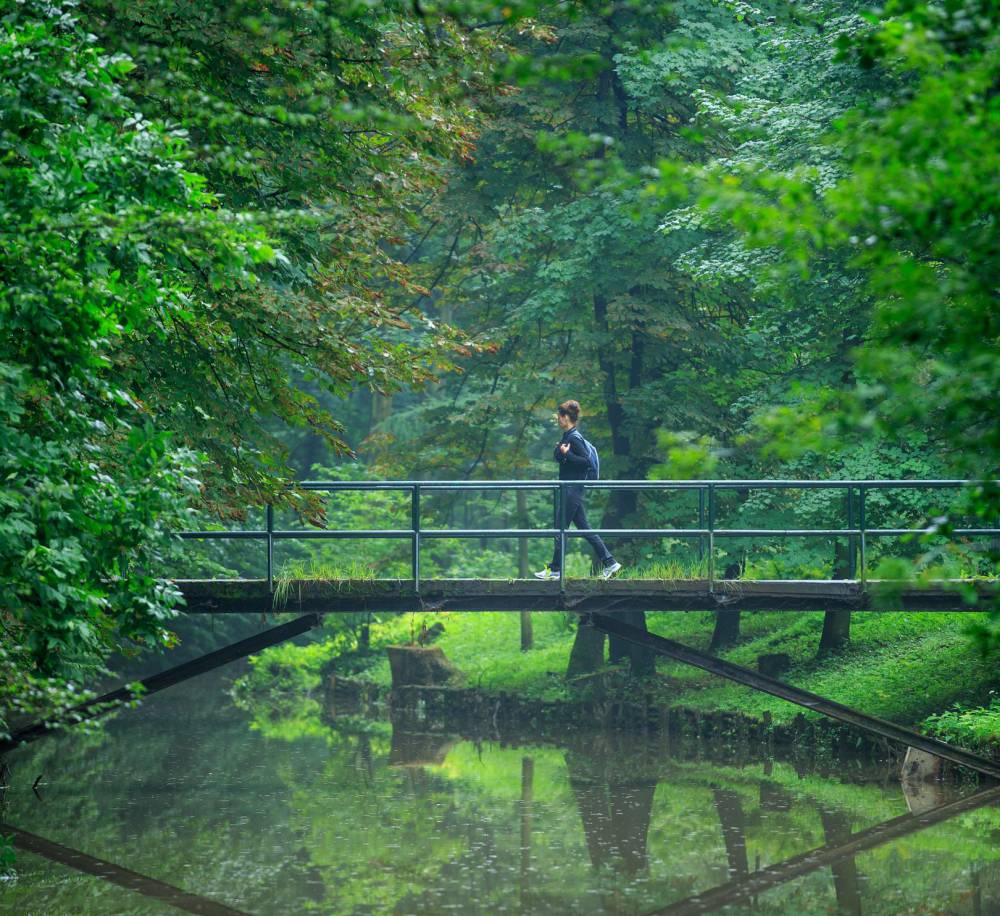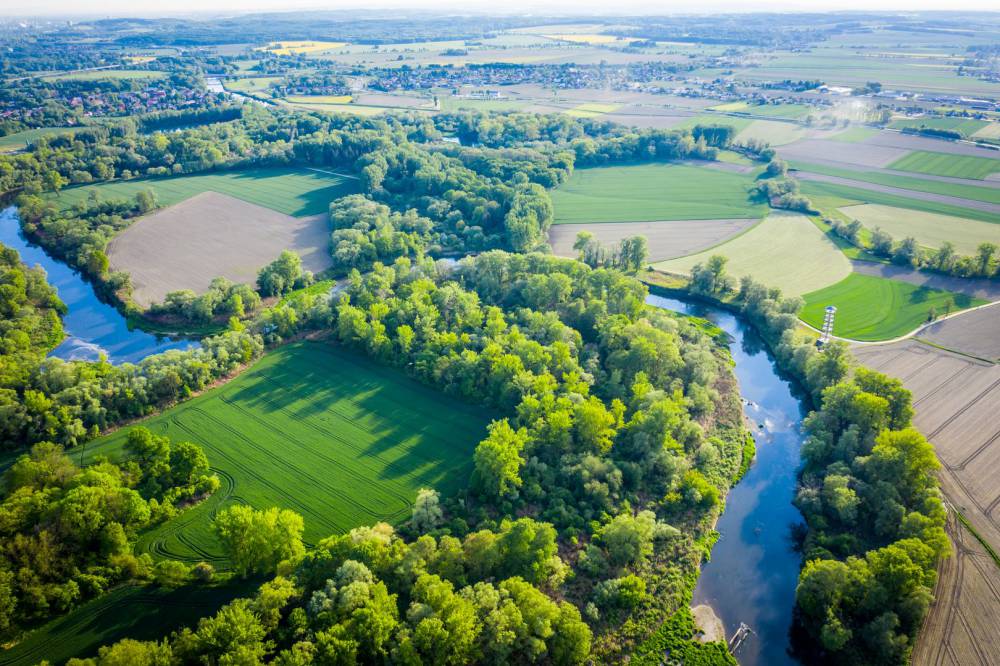OFICJALNY PRZEWODNIK TURYSTYCZNY WOJEWÓDZTWA ŚLĄSKIEGO
Graniczne Meandry Odry, fot. KGO
Szlak Przyrody Województwa Śląskiego tworzą miejsca o wyjątkowych walorach przyrodniczych, obszary stanowiące dziedzictwo przyrody ożywionej i nieożywionej naszego regionu. Nie ma on charakteru trasy wyznakowanej w terenie – jest to zbiór obiektów rozrzuconych na terenie całego województwa śląskiego, pomiędzy którymi turysta przemieszcza się w wybrany przez siebie sposób, samodzielnie dokonując selekcji interesujących go atrakcji.

Lasek Miejski nad Puńcówką, fot. Wojciech Wandzel
Szlak Przyrody liczy ponad 50 obiektów, zlokalizowanych zarówno na obszarach naturalnych, jak i przekształconych przez człowieka. Obiekty zostały wytypowane w oparciu o przewodni walor przyrodniczy – florystyczny, faunistyczny, siedliskowy, związany z przyrodą nieożywioną, ochroną przyrody, założeniami parkowymi czy też zbiorami muzealnymi. Wszystkie zaproponowane miejsca dostępne są przez cały rok. Dla pełnego poznania ich walorów przyrodniczych warto jednak odwiedzić je we wskazanym terminie i skorzystać z zaproponowanej trasy zwiedzania.
Celem przyświecającym utworzeniu Szlaku Przyrody było zainteresowanie zwiedzaniem i poznawaniem przyrody województwa śląskiego zarówno jego mieszkańców, jak i turystów spoza regionu. Szlak ma także podnosić wiedzę przyrodniczą, kształtować świadomość ekologiczną i postawy prośrodowiskowe, promować kulturę, rozwijać edukację regionalną oraz odmieniać wizerunek województwa śląskiego jako obszaru postrzeganego przez pryzmat wielowiekowej działalności przemysłowej. Proponowana forma turystyki ukierunkowana jest na bliski kontakt z przyrodą, niepowodujący jednak utraty czy pogorszenia stanu odkrywanych walorów przyrodniczych.

Dolina Wodącej, fot. J. Krawczyk
Szlak ma charakter otwarty, co oznacza możliwość włączania na listę nowych obiektów. Wszystkich badaczy i miłośników przyrody zachęcamy więc do dzielenia się swoją wiedzą i doświadczeniem w procesie jego tworzenia. Koordynatorem Szlaku Przyrody jest Urząd Marszałkowski Województwa Śląskiego.
Turysto, pamiętaj! Chroń siebie oraz przyrodę!
Przestrzegaj zasad obowiązujących na obszarach chronionych i uważaj na swoje bezpieczeństwo! Nie zbaczaj z wytyczonych szlaków, ścieżek i tras spacerowych. Biwakowanie i palenie ognisk dozwolone jest tylko w wyznaczonych do tego miejscach. Nie zbliżaj się do krawędzi urwistych zboczy, nie wchodź do jaskiń nieudostępnionych turystycznie. Nie poruszaj się po szlaku przyrody po zmroku i przed świtem. Pamiętaj, że w warunkach zimowych czas konieczny do przejścia może być nawet dwa razy dłuższy niż czas podawany na mapach turystycznych dla warunków letnich, a dzień jest zimą krótszy.
Cisza i spokój są naturalne w świecie przyrody. Nie hałasuj. Ciche otoczenie sprzyja relaksowi i podziwianiu przyrody, a jednocześnie pozwala dzikim zwierzętom żyć w spokoju. Nie zrywaj roślin, grzybów i runa leśnego, nie płosz zwierząt, nie zabieraj skał na pamiątkę. Nie pozostawiaj po sobie resztek pożywienia i śmieci. Zwierzęta nie potrzebują dokarmiania.
Sprawdź wcześniej i przestrzegaj zasad obowiązujących na obszarach chronionych. Te najbardziej restrykcyjne dotyczą rezerwatów przyrody. Więcej informacji znaleźć można na stronach Generalnej Dyrekcji Ochrony Środowiska https://www.gdos.gov.pl/zasady-obowiazujace-w-rezerwatach-przyrody
